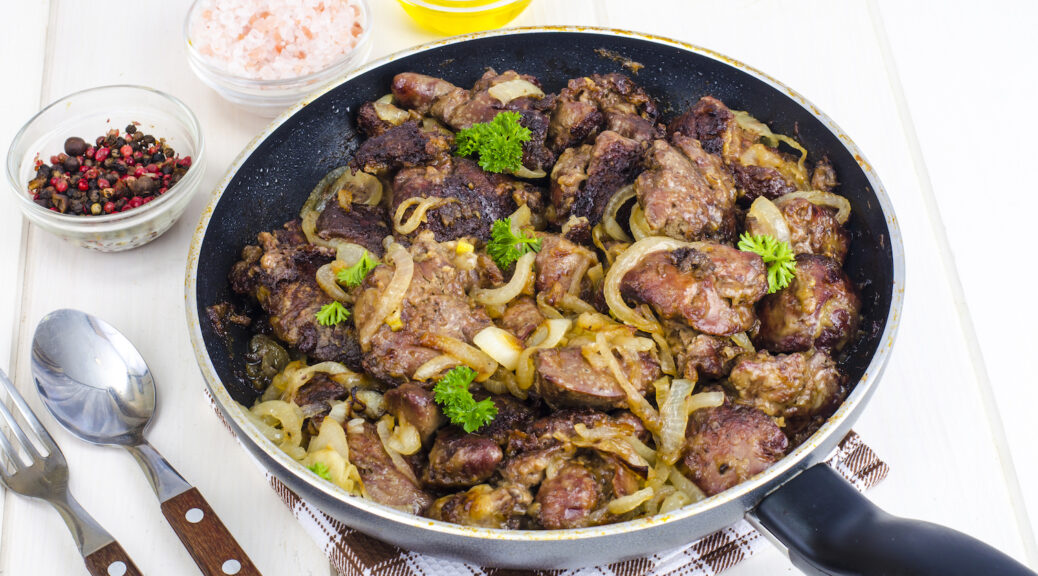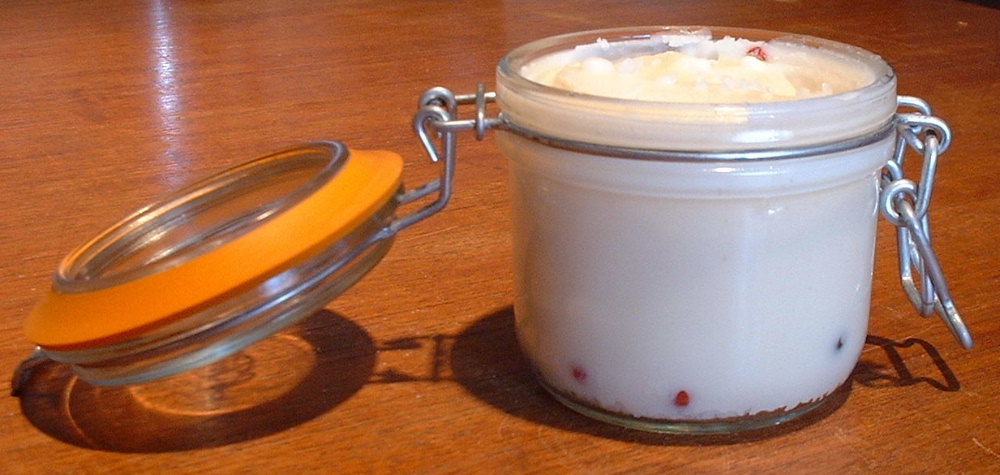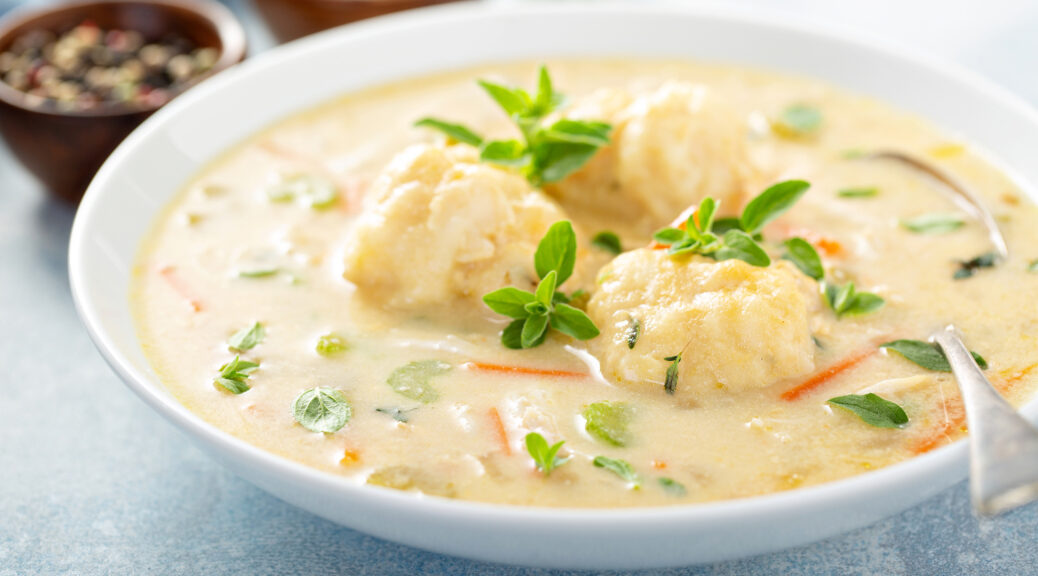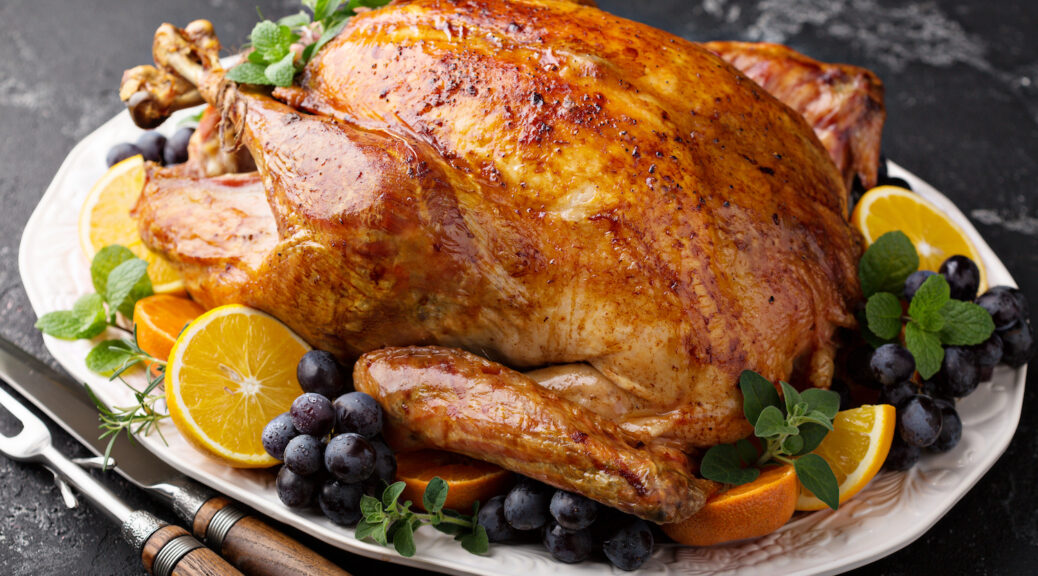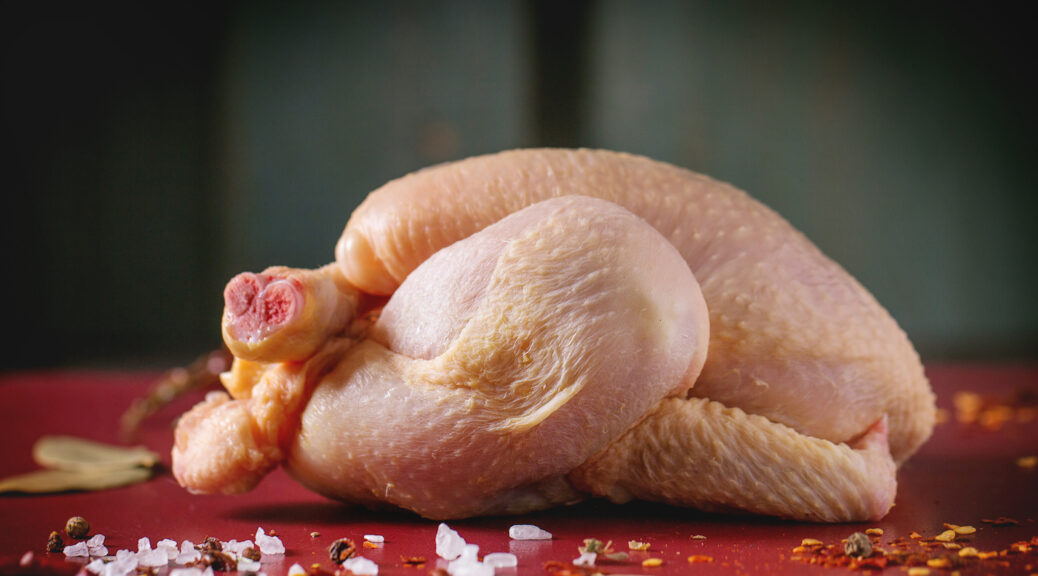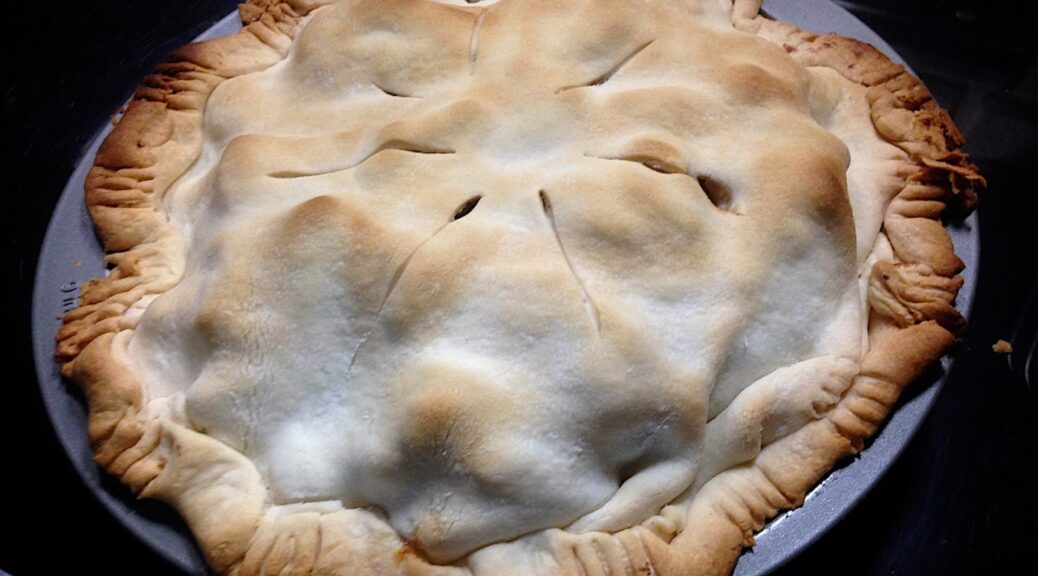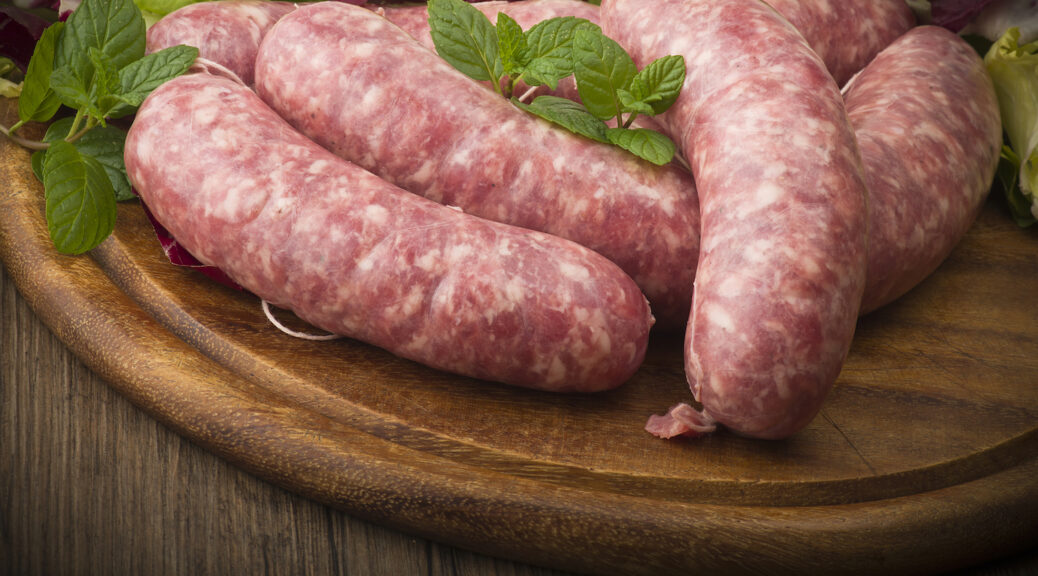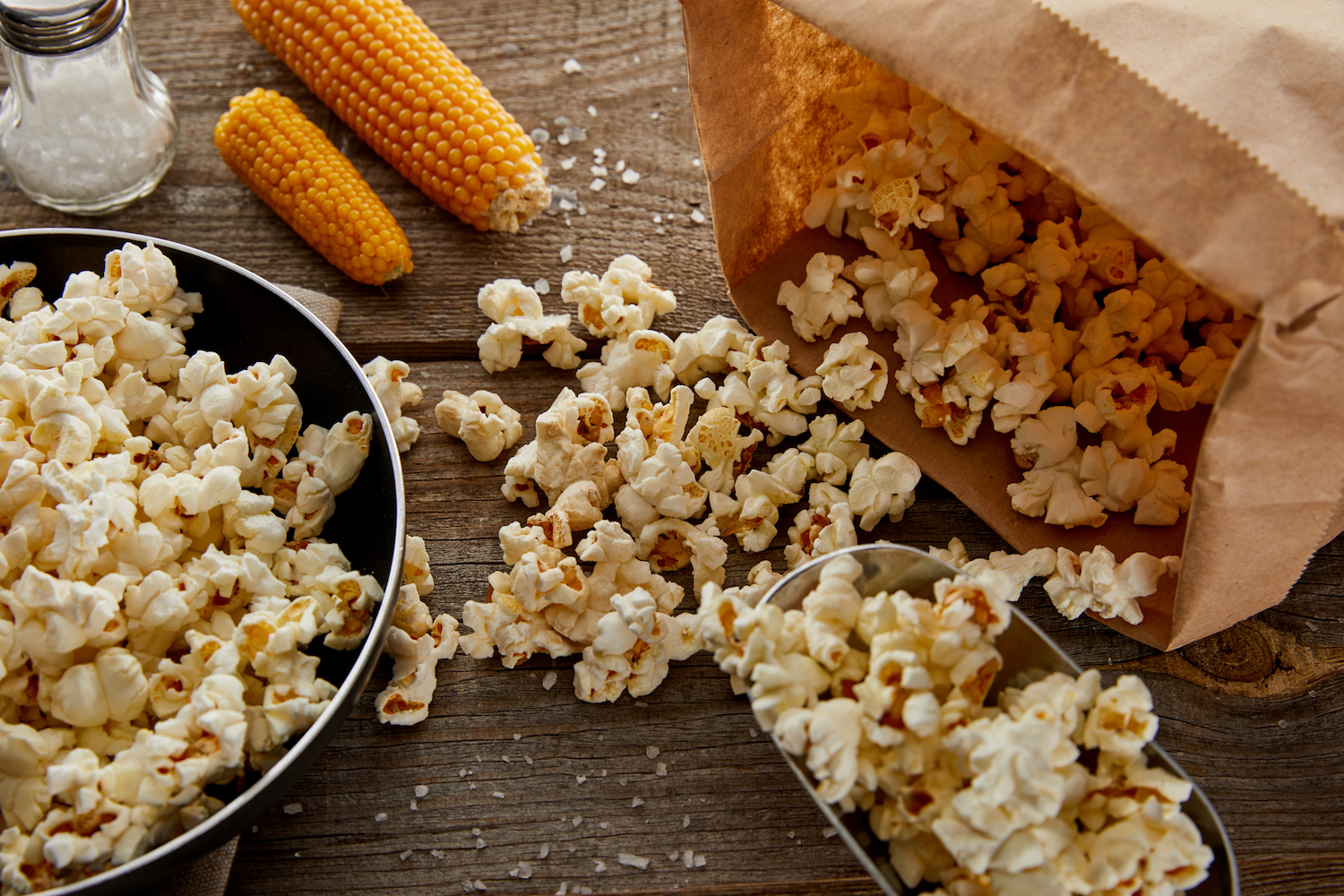How to Cook Chicken (Poultry) Giblets
INFORMATION BELOW FROM 1800s COOKBOOKS The giblets of poultry consist of the head, neck, wings, feet, gizzard, heart, and liver. As meat is the most costly and extravagant of all articles of food, it behooves the housewife to save all left-overs and work them over into other dishes. They make good soup, fricassees, pies, and various entrées, or side dishes. The so-called inferior pieces—not inferior because they contain less nourishment, but inferior because the demand for such meat is less—should…
